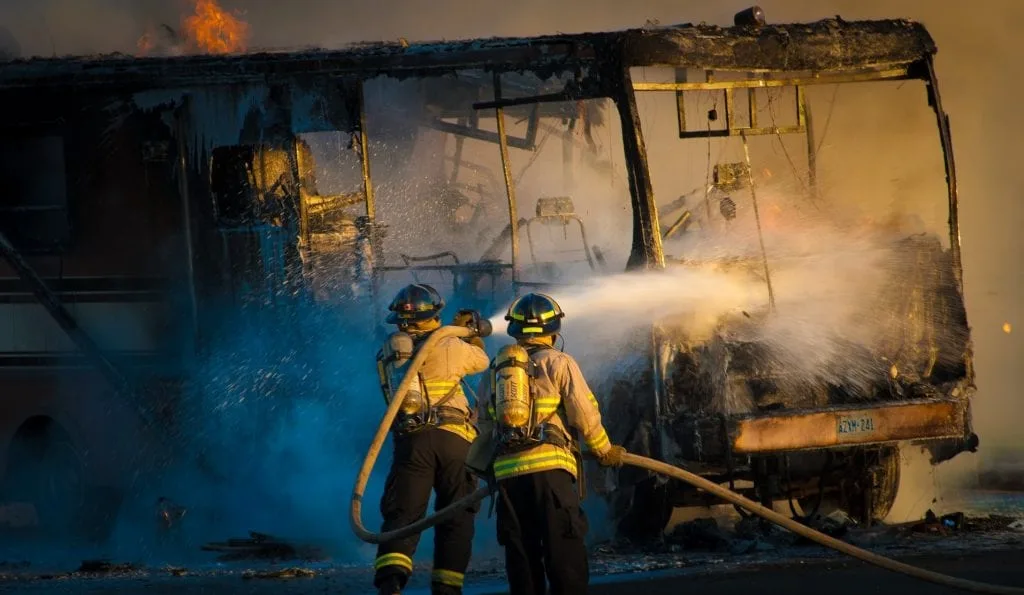A lot of major catastrophes have been plaguing the world in recent times. There have been destructive wildfires in California, a succession of hurricanes in the Caribbean, and the earthquake in Mexico. And those happened in just one continent—in one year.
If there are more calamities coming (God forbid), then it pays to be prepared. “It’s better to have a gun and not need it, than to need a gun and not have it,” the old adage goes. Disasters don’t usually ask permission before they make a mess of things. So considering the uncertain fate that the future brings, prepare well for any disaster by keeping in mind the following points.
Gear Up for the Long Haul
While most calamities are gone in about a week or so, the devastation they leave behind can take more than a year to restore. Thus, it’s important to be fully equipped for any contingency that may happen during that recovery period.
It’s important to get a first aid kit. People tend to get injured during disasters, and if untreated, those injuries may become infected. This can be a serious problem if hospitals are inaccessible or are overflowing with a lot of injured and sick. A first aid kit can be used to treat injuries before they become worse and will stabilize those who are in a critical condition.
Another thing to consider is the threat of looters and criminals taking advantage of the carnage. Law enforcement will most likely be busy with containing whatever disaster from spreading, so these felons may sneak right under their noses.
The best defense against them is a good gun like an AK-47, which doesn’t need much maintenance to operate—perfect for a disaster situation. Buy AK-47 ammo in bulk in case of attackers, but hope that there won’t be a reason to use them.
Prepare a Cache of Nonperishable Food
Set aside a supply of nonperishable food. During the recovery period, food can become scarce. Stocking canned goods that can last at least three months is a good idea.
Store the food in a safe, accessible place like a garage or a shed. A basement is a bad choice since it may get flooded or get cut off by an earthquake. Going down the basement to get the food supplies will also take a lot of time, which may cost lives in an emergency.
Plan for a Quick Escape
Some disasters may require staying indoors and digging in, but in most cases, evacuating can be the better and safer option. This may seem to go against the previous point, but the priority in any scenario is to live. The food cache is only useful if there’s someone alive who can take advantage of it, and it can always be recovered after the calamity has passed.
Get a camping bag, and fill it with enough food and survival gear that can be carried. Do not let it be too cumbersome, or it may make running difficult.
With that said, train to be physically fit. Gear and equipment can always be discarded, but the body is irreplaceable. Doing endurance exercises can increase the chances of surviving any scenario. Having a strong body can make things easier too.
Last Words
With the world looking like it’s gone to hell, it’s best to prepare for the worst. Yet even with that in mind, never lose hope, for the sun will always rise even after the darkest of nights. All major catastrophes—man- or nature-made—will soon pass.
Because humans are resilient. They have outlived the dinosaurs, outlasted the Great Flood, and outsmarted a legion of plagues and diseases. They’re survivors; they do what they do best—survive. So never lose hope, fellow human.







